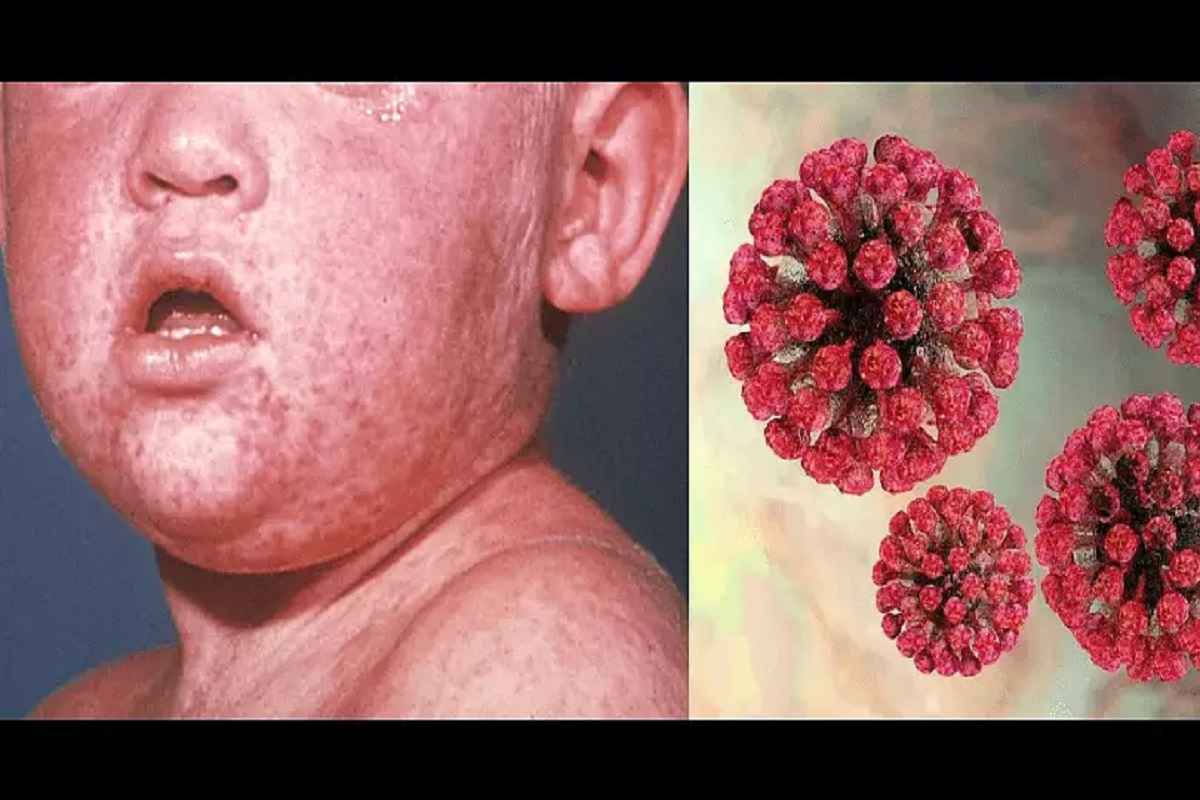Rubella, often known as German measles, is a highly contagious disease that can be quite concerning. One of the frightening aspects of rubella is that it can remain hidden in your body for up to 21 days without showing any noticeable symptoms. In today’s article, we will explore some of the essential symptoms and characteristics of rubella.

One of the primary symptoms of rubella is the development of red rashes on the body. Initially, these rashes tend to appear behind the ears and then gradually spread to different areas of the body. Additionally, the area behind the ear may become swollen, forming a lump. This can lead to discomfort and pain, particularly in the fingers, wrists, or knees.
When it comes to treating rubella, there is usually no specific antiviral medication available. Doctors primarily focus on managing the symptoms and providing supportive care. The rubella virus initially targets the respiratory system, and in many cases, the infection may improve on its own within 7 to 10 days without the need for medical intervention.
If you suspect you have contracted rubella, it is essential to take precautions to prevent its spread. Isolating yourself and getting plenty of rest are crucial steps in your recovery. Ensure you maintain a healthy and nutritious diet to support your immune system during this period. If you experience discomfort or other specific symptoms, consult a healthcare professional for guidance. It’s also advisable to avoid activities that strain your eyes, as this can exacerbate any discomfort.
Rubella poses a particular risk to pregnant women, as exposure to the virus during pregnancy can harm the unborn child. This can result in stunted development, eye or hearing damage, and other severe complications. Unfortunately, there is no specific treatment for rubella once a person is infected. Therefore, prevention through vaccination is of utmost importance.
The MMR (Measles, Mumps, and Rubella) vaccine is highly effective in preventing rubella. It can be administered at any age and is considered one of the most reliable ways to protect against this contagious disease. Rubella is primarily spread through the air, particularly through sneezing or coughing by infected individuals. To reduce the risk of transmission, it is essential to exercise caution when around sick individuals and in areas where people congregate.
Simple measures such as avoiding crowded places and practicing good hygiene can help reduce the risk of contracting or spreading rubella. When sneezing or coughing, always use a tissue to cover your mouth and nose, and be sure to dispose of used tissues in a designated bin.
Leave a Reply